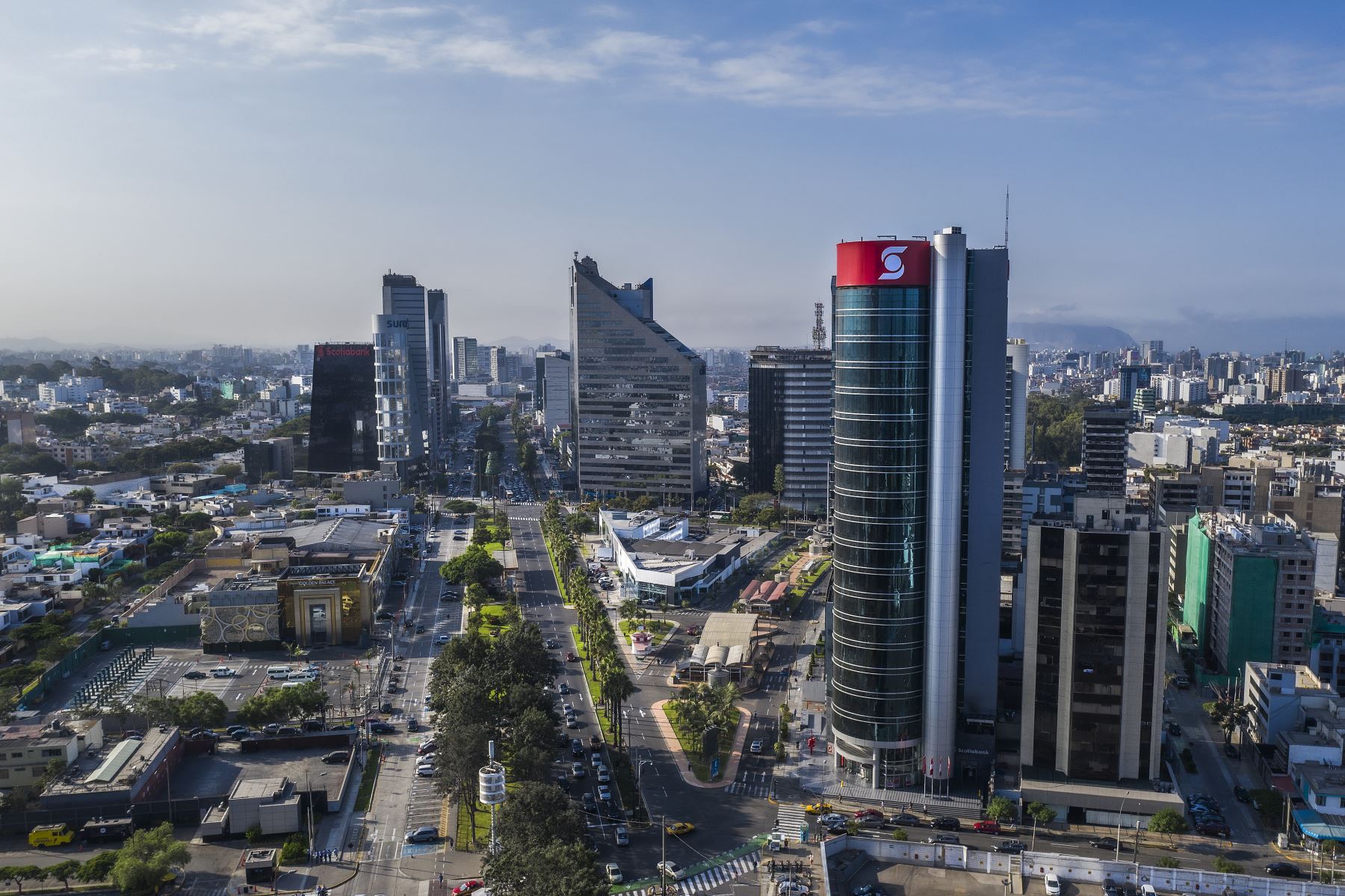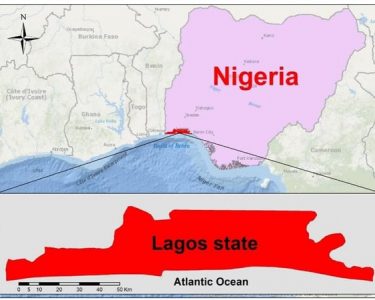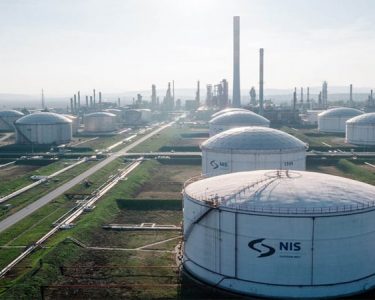
LIMA, May 10 (NNN-ANDINA) — Peruvian Economy and Finance Minister Alex Contreras highlighted that Peru has the strongest currency in Latin America and is one of the countries with the lowest risk.
“First of all, and despite the entire complex scenario, Peru is one of the outstanding economies in the region, as it experienced significant growth in the past years, relies on economic stability, and has achieved progress in many indicators,” he said.
“By way of introduction and as a reflection of the economic institution-building, Peru stands out for having the strongest currency in the region and for being one of the countries with the lowest risk,” the minister remarked.
“The Peruvian Sol is one of the most stable currencies. In fact, those are not my words, but the words of many local and international investors,“ he added.
Moreover, Contreras explained that there is a perception that Peru fulfills its commitments and keeps its fiscal accounts in order.
These remarks were made at a session of the Special Commission for Monitoring the Incorporation of Peru into the Organisation for Economic Co-operation and Development (CESIP-OECD) of the Congress of the Republic.
“As proof of this strength, and despite all the negative shocks that affected our economy in the first quarter, credit agency Fitch Ratings kept Peru’s credit rating unchanged,“ the government official underlined.
“But there is an aspect that has been taken into consideration by said rating agency, as well as by others like Moody’s or Standard & Poor’s, which is the need to continue making progress in institutional matters,” he added.
Contreras affirmed that accession to the Organisation for Economic Co-operation and Development (OECD) will enable Peru to attract more investment and reduce the cost of borrowing.
“Accession to the OECD can mean an essential change, especially for the objective of generating public policies. What are the advantages? I would say there are two, one on the political and diplomatic side, and the other on the strategic side,” Contreras expressed.
“Concerning the strategic plan, it is the possibility of attracting more investment, reducing the cost of borrowing, and implementing a package of economic reforms that contribute to the development of the country,” he added.
“Few countries have access to the OECD, it is like a trusted brand. This can attract foreign capital, foreign investment, and without any doubt, it can be key to managing institutions at different government levels, as well as being the natural step for a series of reforms that have been implemented over 30 years,” Contreras specified.
“(That is) something that we want to do as the Ministry of Economy and Finance (MEF), within the emergency, and reactivate the economy in the short term. It means discussing the issue of what should be the strategy to achieve development and, without any doubt, accession to the OECD can be essential in this process,” he added.
The minister explained that, in order to join the OECD, one must comply with a series of legal instruments that can be divided into four groups: international agreements, decisions, recommendations, and declarations.
“Currently there are 251 legal instruments, but for the examination that Peru will have to pass, only 230 of these legal instruments will be considered,” Contreras indicated.
The high-ranking official recalled that Peru was invited to the OECD and the accession process began on January 25, 2022. On June 10, the roadmap was approved, which is the guide to access said multilateral organization.
“So, there is already a roadmap, a path drawn to access the OECD. The important part is that Peru has made considerable progress,” Contreras expressed.
“Accession to the OECD, without any doubt, will constitute a very important structural change. There is a multisectoral commission that is made up of the Presidency of the Council of Ministers (PCM), the Ministry of Foreign Affairs, and the MEF, whose role is to consolidate these actions so that Peru can access it (the OECD),” he concluded. — NNN-ANDINA





